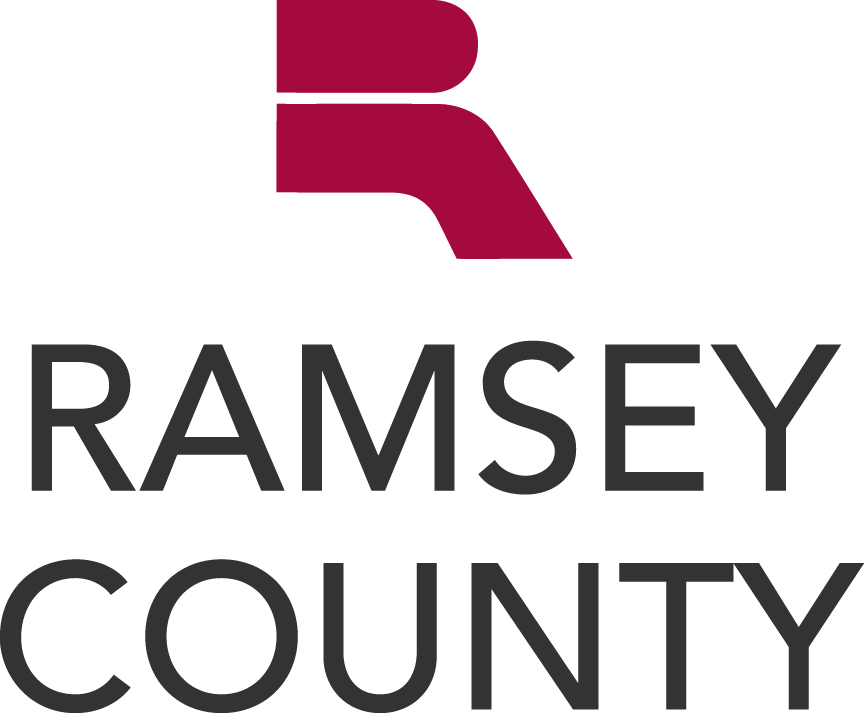Bill seeks more authority for Ramsey County in setting speed limits
(CORRECTION: The bill is HF2771, not 2711 as first reported.)
Refiled March 25, 2021: County roads that were once rural highways run through residential neighborhoods in Ramsey County. Addressing the safety issues on those roads is behind HF2771.
Sponsored by Rep. Jamie Becker-Finn (DFL-Roseville), the proposed legislation would allow Ramsey County to lower speed limits to 30 mph on suburban residential roadways, defined as areas zoned exclusively for housing or adjacent to a park. It could be done without a speed study.
 (Image courtesy Ramsey County)
(Image courtesy Ramsey County)The bill, as amended, was laid over Tuesday by the House Transportation Finance and Policy Committee for possible omnibus bill inclusion. It has no Senate companion.
The unique way Ramsey County developed required unique authority over some of its roads. Formerly two-lane country highways now run through heavily populated areas, said County Commissioner Nicole Frethem. She rhetorically asked if 40 mph is an appropriate speed for a neighborhood street.
Ben Sley spoke about his son being hit and seriously injured in a heavily traveled crosswalk in a park. A bend in a road prevents drivers from seeing the crosswalk until they are 100 yards away, he said, and when drivers see they have to slam on the brakes for a pedestrian, they may not do it.
Collision speed matters, Becker-Finn said. There’s an 80% fatality rate for pedestrians at 40 mph compared to 5% at 20 mph.
Opponents appreciate the intent but have concerns about bill specifics.
Joe Gustafson, traffic engineer in Washington County, said it would set a troubling precedent and generate a long line of people seeking to change the posted speed. He said the current process is not perfect, but allows county input, offers statewide consistency and follows national standards.
The proposal could inappropriately bypass input from engineers, said Darin Mielke, legislative advocacy chair for the Minnesota Society of Engineers. When setting a speed limit, officials should consider a range of issues including pedestrian and bicycle traffic, crash history, land use context, intersection spacing, driveway density, roadway condition, traffic volume and observed speed.
Becker-Finn countered the bill doesn’t say the speed limit should be set without consultation. A concern with speed studies, she said, is they put too much weight on the actual speed even if it causes safety issues for others.
Related Articles
Search Session Daily
Advanced Search OptionsPriority Dailies
Speaker Emerita Melissa Hortman, husband killed in attack
By HPIS Staff House Speaker Emerita Melissa Hortman (DFL-Brooklyn Park) and her husband, Mark, were fatally shot in their home early Saturday morning.
Gov. Tim Walz announced the news dur...
House Speaker Emerita Melissa Hortman (DFL-Brooklyn Park) and her husband, Mark, were fatally shot in their home early Saturday morning.
Gov. Tim Walz announced the news dur...
Lawmakers deliver budget bills to governor's desk in one-day special session
By Mike Cook About that talk of needing all 21 hours left in a legislative day to complete a special session?
House members were more than up to the challenge Monday. Beginning at 10 a.m...
About that talk of needing all 21 hours left in a legislative day to complete a special session?
House members were more than up to the challenge Monday. Beginning at 10 a.m...